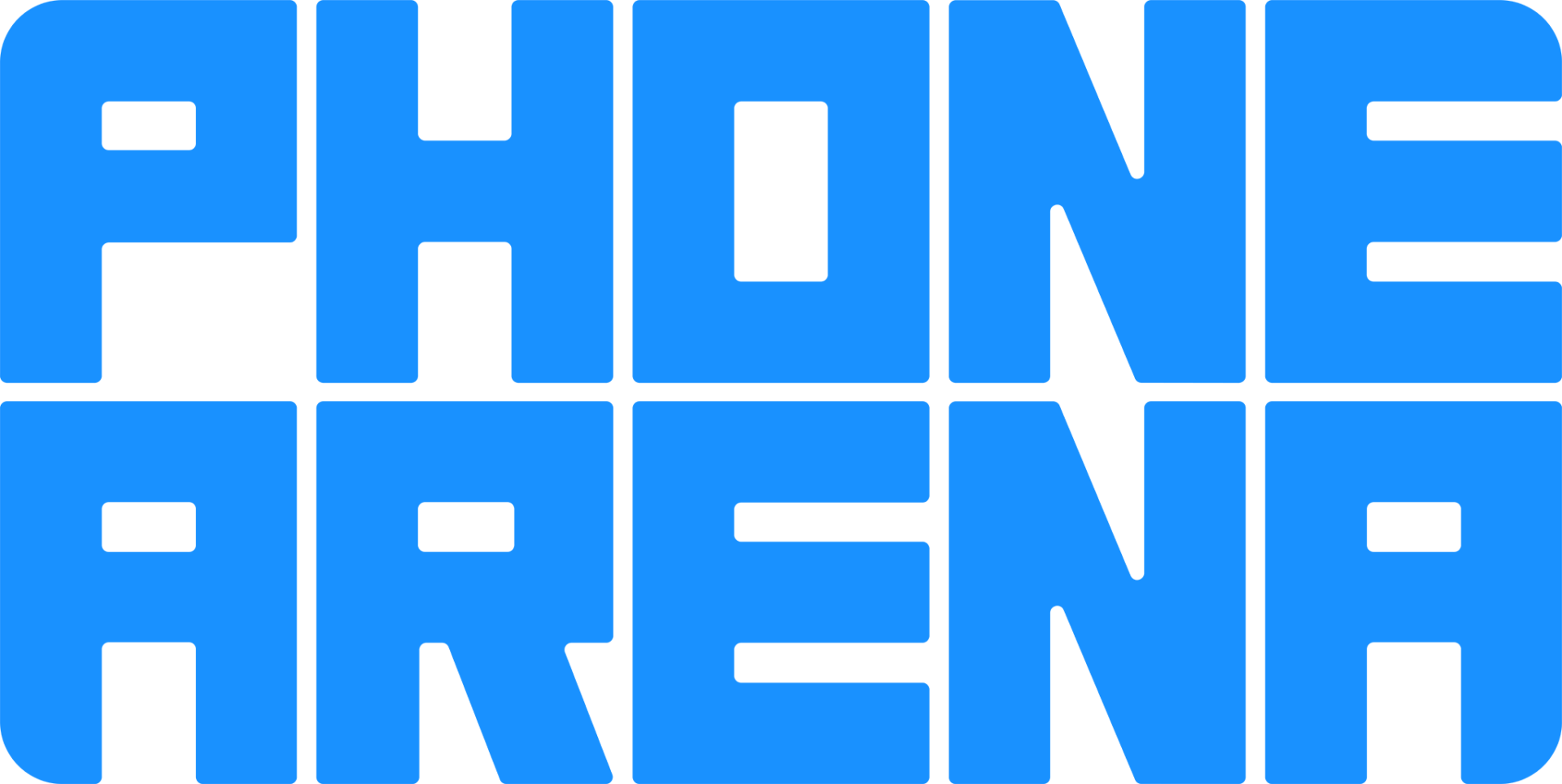A comparison of specs, key information, reviews, and best pricing from top retailers
Last updated -- hours ago | Report incorrect information
What we think

The PerfectRec laptop team Learn more
Updated January 10, 2024·
The ASUS Zenbook Pro 15 is generally less expensive, offers a larger OLED screen, and better battery life, making it suitable for general use and watching movies. However, the Razer Blade 14, while more expensive, packs a more powerful processor and graphics card, a higher resolution, and a faster refresh rate display, better suited for intensive gaming, 3D rendering, machine learning, and engineering software. The Razer also has a more compact and lighter design, enhancing portability. Consider the ASUS if you prioritize screen quality and battery life for everyday activities or the Razer if performance and portability are crucial for demanding tasks and travel. Give Feedback
this description is based on the product variant with some specs and product variant with some specs. At the time of writing, the variant with some specs cost some dollars and the variant with some specs cost some dollars.
Advantages of the ASUS Zenbook Pro 15
- Excellent battery life
Advantages of the Razer Blade 14
- Very good for general use
- Very good for engineering and design
- Good for gaming and AI
- Very good for content creation
- Very good overall display quality
- Very good overall build quality
- Very good portability
- Excellent keyboard
Key differences
Gaming and AI
6.7


7.9
4.8/10
OVERALL GPU SCORE
8.0/10
1920 x 1080
RESOLUTION
2560 x 1440
60Hz
REFRESH RATE
165Hz
Yes
SUPPORTS DLSS
Yes
No
MUX SWITCH / ADVANCED OPTIMUS
Yes
6.5/10
FAN NOISE SCORE
6.5/10
The Razer Blade 14 is good for gaming and AI, while the ASUS Zenbook Pro 15 is only fair.
The Razer Blade 14 offers a better experience for gaming and 3D tasks with its higher-end GPU (Nvidia RTX 3070 Ti) and substantially higher screen refresh rate, providing smoother visuals and better rendering capabilities compared to the ASUS Zenbook Pro 15, which comes with a lower-tier GPU (Nvidia RTX 3050 Ti) and a more modest refresh rate. While the ASUS model has a capable CPU and high-quality OLED screen, the Razer's superior GPU and refresh rate are more significant for gaming and 3D performance.
Engineering and Design
7.5


8.4
7.4/10
OVERALL CPU SCORE
8.5/10
4.8/10
OVERALL GPU SCORE
8.0/10
16.0 GB
RAM
16.0 GB
The Razer Blade 14 is very good for engineering and design, while the ASUS Zenbook Pro 15 is good.
The ASUS Zenbook Pro 15 offers a vibrant OLED screen and a larger battery, making it suitable for engineering and design, while the Razer Blade 14 stands out with a higher-resolution IPS display, more powerful CPU, and superior GPU, thus providing very good performance for similar tasks. Both are equipped with sufficient RAM for multitasking, but the Razer Blade 14's compact size and lighter weight make it more portable, though it may come with increased operating noise and a slightly less robust keyboard compared to the ASUS.
Screen Quality
7.6


8.0
15.6in
SIZE
14.0in
1920 x 1080
RESOLUTION
2560 x 1440
OLED
DISPLAY TECHNOLOGY
IPS
60Hz
REFRESH RATE
165Hz
346.0 nits
BRIGHTNESS
328.0 nits
The Razer Blade 14 has a better screen than the ASUS Zenbook Pro 15 for gaming and AI, content creation, and software development.
In both the ASUS Zenbook Pro 15 and the Razer Blade 14, the high resolution and brightness of the screens along with the panel types used are likely to offer clear, sharp, and vivid images for general tasks, which explains their very good screen quality for general use. For engineering and design, the wide color gamuts ensure accurate color reproduction and a broader range of shades, making these laptops suitable for professional creative work. However, for gaming and 3D tasks where smooth motion is crucial, the lower refresh rates on these laptops make them less ideal, as they can't display as many frames per second compared to laptops designed specifically for gaming with higher refresh rates.
Battery
12.5 Hours


9.5 Hours
The ASUS Zenbook Pro 15 has 12.5 hours of battery life. The Razer Blade 14 has 9.5 hours of battery life.
Battery life estimate is based on a mix of common use patterns. More portable and higher performing laptops tend to have less battery life.
Portability
Good


Very Good
15.6in
SIZE
14.0in
4.4 lbs
WEIGHT
3.9 lbs
0.7in
THICKNESS
0.6in
The Razer Blade 14 has very good portability, while the ASUS Zenbook Pro 15 has good portability.
The most portable laptops are small, thin, and light.
Build Quality
7.6


8.5
The Razer Blade 14 has very good build quality, while the ASUS Zenbook Pro 15 has good build quality.
PerfectRec’s Build Quality Score incorporates case materials, display and keyboard flex, hinge quality, and overall reliability.
Cost
$1,109


$1,900
$500
$1,000
$1,500
$2,000
$2,500
$3,000
The ASUS Zenbook Pro 15 has a price of $1,109 and the Razer Blade 14 costs $1,900.

Let Us Help Find Your Perfect Laptop
Find your new laptop
Key similarities
General Use
7.7


8.1
1920 x 1080
RESOLUTION
2560 x 1440
OLED
DISPLAY TECHNOLOGY
IPS
346.0 nits
DISPLAY BRIGHTNESS
328.0 nits
12.5 Hours
BATTERY LIFE
9.5 Hours
7.0/10
KEYBOARD QUALITY SCORE
9.0/10
7.6/10
PORTABILITY SCORE
8.2/10
Although they have very similar scores, PerfectRec considers Razer Blade 14 to be very good for general use, while the ASUS Zenbook Pro 15 is good.
The ASUS Zenbook Pro 15 offers a larger OLED screen with a touchscreen feature and a significantly longer battery life that is well-suited for general use, but it is slightly heavier and larger, making it less portable than the Razer Blade 14. While the Razer Blade 14 has a higher-resolution IPS display and more powerful CPU and GPU, contributing to its very good suitability for general use, it sacrifices battery life and is priced higher.
Content Creation
7.7


8.1
7.4/10
OVERALL CPU SCORE
8.5/10
1920 x 1080
RESOLUTION
2560 x 1440
16.0 GB
RAM
16.0 GB
OLED
DISPLAY TECHNOLOGY
IPS
Although they have very similar scores, PerfectRec considers Razer Blade 14 to be very good for content creation, while the ASUS Zenbook Pro 15 is good.
PerfectRec’s Content Creation Score takes into account the many different features of the laptop that make it more or less suitable for photo editing, video editing and other content creation tasks.
Software Development
7.5


7.9
7.4/10
OVERALL CPU SCORE
8.5/10
16.0 GB
RAM
16.0 GB
1920 x 1080
RESOLUTION
2560 x 1440
7.0/10
KEYBOARD QUALITY SCORE
9.0/10
The Razer Blade 14 and ASUS Zenbook Pro 15 are both good for software development.
PerfectRec’s Software Development Score takes into account the many different features of the laptop that make it more or less suitable for software developers.
Give feedback
We’re constantly working to improve.
How the ASUS Zenbook Pro 15 and the Razer Blade 14 compare to other laptops
Spec Comparison
| ASUS Zenbook Pro 15 | Razer Blade 14 |
GENERAL | |||
|---|---|---|---|
| Price | |||
$1,109 | $1,900 | ||
Release Date | |||
Release Date | October 1, 2021 | February 1, 2022 | |
Overall Dimensions | |||
Overall Dimensions | 13.9'' x 9.4'' x 0.7'' | 12.6'' x 8.7'' x 0.66'' | |
Weight | |||
Weight | 4.41 lbs | 3.92 lbs | |
Width | |||
Width | 13.94" | 12.59" | |
Depth | |||
Depth | 9.37" | 8.66" | |
INTERNAL | |||
|---|---|---|---|
Processor | |||
Processor | AMD Ryzen 7 5800H | AMD Ryzen 9 6900HX | |
RAM | |||
RAM | 16 GB | 16 GB | |
DDR Memory Version | |||
DDR Memory Version | 4 | 5 | |
RAM Slots | |||
RAM Slots | 0 | 0 | |
Storage | |||
Storage | 512 GB | 1024 GB | |
BATTERY | |||
|---|---|---|---|
Battery Life | |||
Battery Life | 12.5 Hours | 9.5 Hours | |
Battery Capacity | |||
Battery Capacity | 96 Wh | 62 Wh | |
SCREEN | |||
|---|---|---|---|
Diagonal Size | |||
Diagonal Size | 15.6" | 14" | |
Display Technology | |||
Display Technology | OLED | IPS | |
Resolution | |||
Resolution | 1920 x 1080 | 2560 x 1440 | |
Refresh Rate | |||
Refresh Rate | 60Hz | 165Hz | |
Display Brightness | |||
Display Brightness | 346 nits | 328 nits | |
RELIABILITY, APPEARANCE & ACOUSTICS | |||
|---|---|---|---|
Build Quality Score | |||
Build Quality Score | 7.6/10 | 8.5/10 | |
Portability Score | |||
Portability Score | 7.7/10 | 8.2/10 | |
Gaming Laptop Appearance | |||
Gaming Laptop Appearance | No | Yes | |
Premium Business Laptop | |||
Premium Business Laptop | No | No | |
Fan Noise Score | |||
Fan Noise Score | 6.5/10 | 6.5/10 | |
HARDWARE FEATURES | |||
|---|---|---|---|
Keyboard Quality Score | |||
Keyboard Quality Score | 7/10 | 9/10 | |
Speaker Quality Score | |||
Speaker Quality Score | 7/10 | 7.5/10 | |
Webcam | |||
Webcam | 720p | 1080p | |
Fingerprint Reader | |||
Fingerprint Reader | No | No | |
Backlit Keyboard | |||
Backlit Keyboard | Yes | Yes | |
Number Pad | |||
Number Pad | Yes | No | |
CONNECTIVITY | |||
|---|---|---|---|
USB Type-A | |||
USB Type-A | 1 | 2 | |
USB-C ports | |||
USB-C ports | 1 | 2 | |
USB-C Charging | |||
USB-C Charging | No | Yes | |
Display Outputs | |||
Display Outputs | 1 | 3 | |
Thunderbolt Ports | |||
Thunderbolt Ports | 0 | 0 | |
Shopping
ASUS Zenbook Pro 15
See more
Dig into reviews and images
NotebookCheck
Allen Ngo | May 2022
"The ASUS Zenbook Pro 15 offers a strong CPU, chassis, and display. One of the most popular 15.6-inch prosumer or multimedia laptops out there is the Dell XPS 15. Thus, comparisons between it and the Asus Zenbook Pro 15 are inevitable. Asus has a couple of tricks up its sleeve that XPS users are still missing out on including 1080p OLED and an AMD Ryzen CPU which help separate the Zenbook Pro 15 from the XPS 15. It also integrates a numpad and a few more port options albeit at the cost of a larger chassis size."
Razer Blade 14
See more
Dig into reviews and images
NotebookCheck
Allen Ngo | May 2022
"After making a huge splash with the original 2021 model, it's expected that the 2022 refresh would be more of a minor update to an already impressive machine. It adds a higher resolution webcam (720p to 1080p), faster CPU (Ryzen 9 5900HX to Ryzen 9 6900HX), faster GPU (RTX 3070/3080 to 3070/3080 Ti), faster RAM (DDR4-3200 to DDR5-4800), faster M.2 SSD support (PCIe3 x4 to PCIe4 x4), newer WLAN module (Killer AX1690i to Qualcomm WCN685x), and a MUX switch for the new integrated Radeon 680M GPU. It's indubitably an upgrade especially in terms of single-thread processor performance."
Get a great deal on the ASUS Zenbook Pro 15 or the Razer Blade 14
About ASUS
ASUS, a Taiwanese electronics brand, is one of the largest personal computer vendor by market share. The majority of their laptops are targeted towards personal use or gaming. Their most popular product lines include the budget-friendly VivoBook, more premium ZenBook, and their TUF and ROG gaming laptops, the latter of which has a reputation for excellent gaming performance.
About Razer
Razer is an American-Singaporean technology company. Razer is best known for their Blade series laptops, well known for their strong performance and sleek design. Although Razer charges a premium price tag for their laptops, buyers can expect a stealthy laptop with clean fit and finish and strong performance. All of their models offer great portability and build quality compared to other gaming laptops.
Give feedback
We're constantly perfecting our model
Laptop guides you might be interested in
More comparisons for you
FAQs
FAQs about laptops
Why trust us
This information was produced and vetted by the PerfectRec laptops team. We are a product research and recommendation organization that meticulously reviews and evaluates the latest laptop information and makes it digestible for you.
By the numbers
380
Laptops evaluated
48,640
Laptops stats compiled
13
Proprietary Laptops ratings developed
132,195
Recommendations made
28,643
Consumer hours saved
About the laptop team
Joe Golden, Ph.D
CEO and Laptops Editor
Joe is an entrepreneur and lifelong electronics enthusiast with a Ph.D in Economics from the University of Michigan.
Jason Lew
Staff Expert & Software Engineer
Jason is a staff expert and software engineer that has been making laptop recommendations for 7 years and moderates one of the largest laptop subreddits.
Chandradeep Chowdhury
Staff Expert & Software Engineer
Chandradeep is a staff expert and software engineer and expert in televisions and monitors. He’s been making monitor recommendations for ten years.
Craig Russell
Laptops Expert
Craig is a UK-based laptops expert. Craig works in IT, where he recommends and supports laptops and PCs for clients and has been recommending laptops on Reddit for five years.







